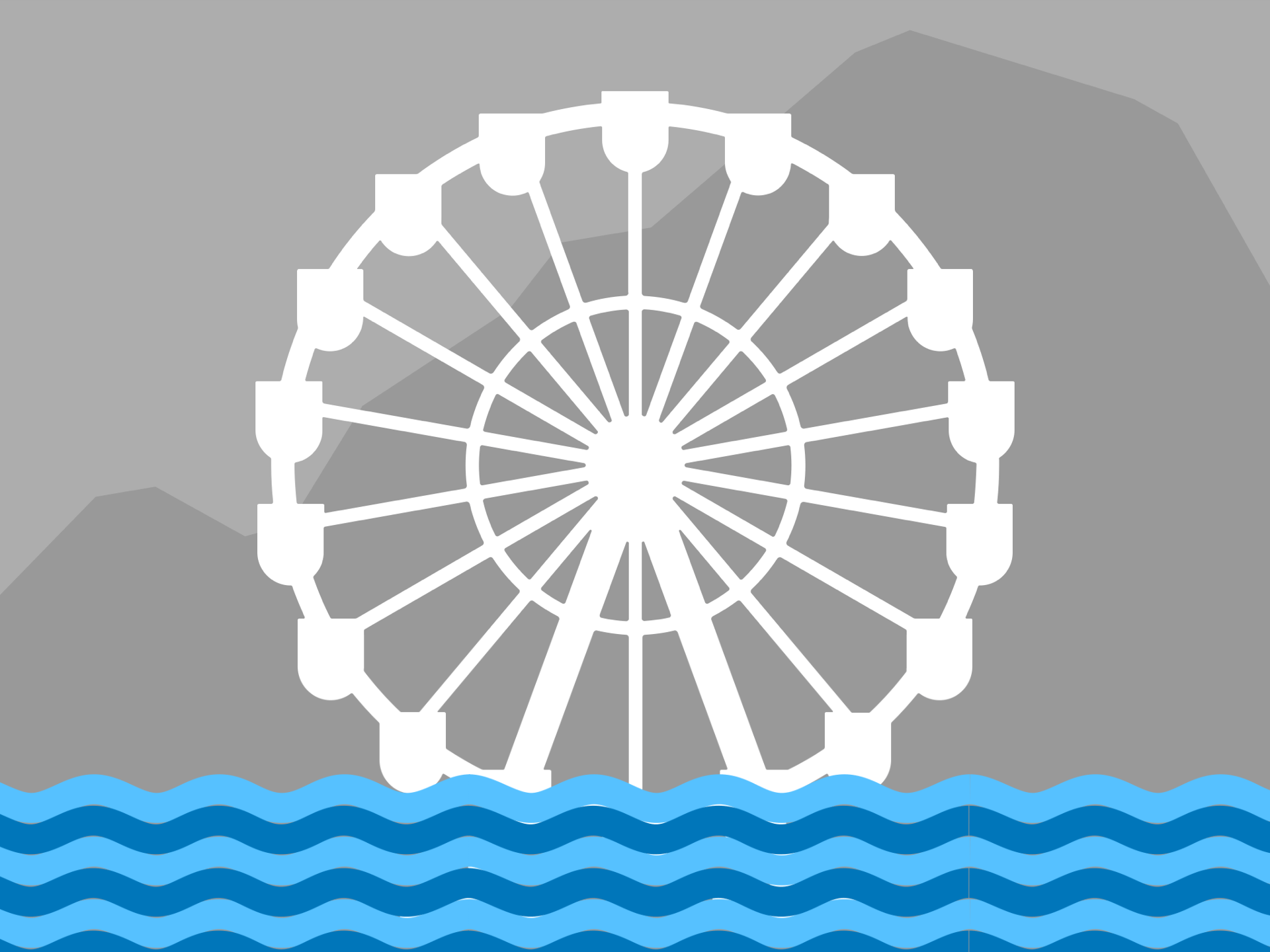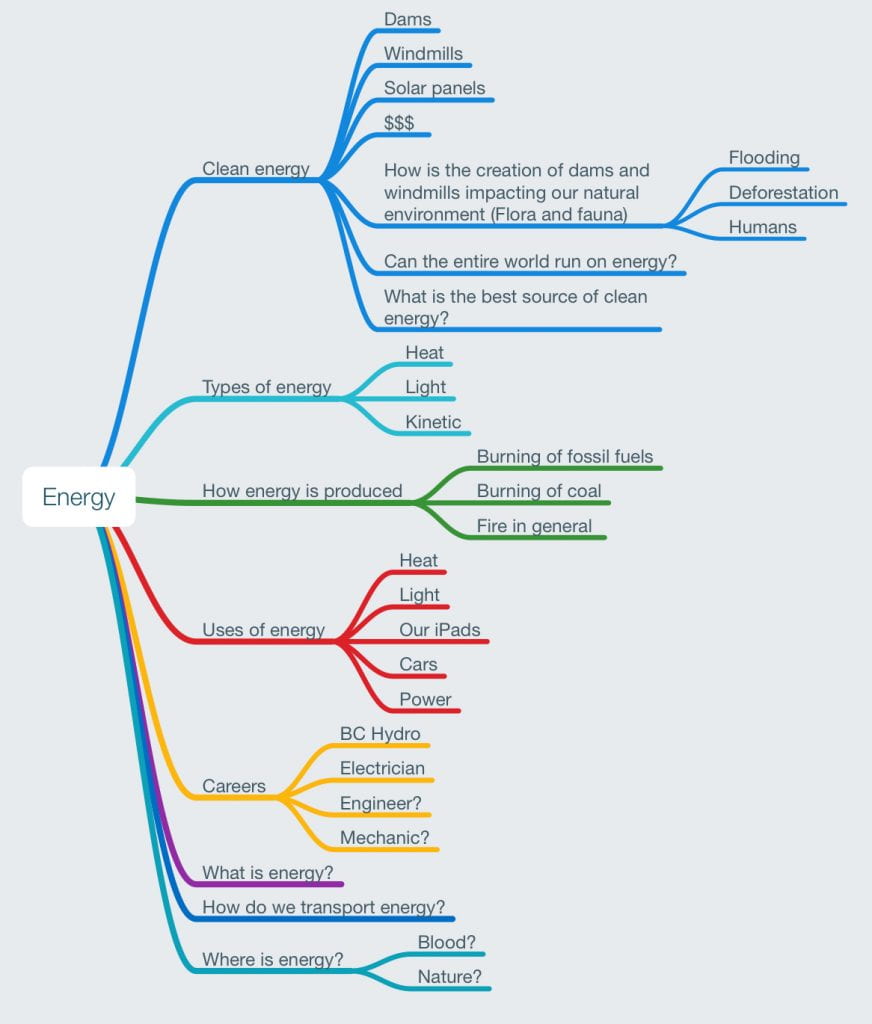Energy, the magical commodity that is destroying our world. Well, not anymore! In science class, we created generators powered by the environment to charge an iPhone!
https://youtu.be/2BXK6uoxfuw
This project was really cool because we were building something that could actually be used. Like, you could legit take it into the woods, find a stream, and power stuff! I had a lot of fun building it, and then seeing how awesome it actually was by measuring the energy production!
Now, it’s time for curricular competencies!
Contribute to finding solutions to problems at a local and/or global level through inquiry.
For this project, we were focusing on using energy from nature to power our generators. This is really important now, because of all the issues our world is having with global warming. Learning about this, and how to build a generator that uses clean energy, can help us in the future. Also, all the materials we used were reused from previous science projects!
Make observations aimed at identifying their own questions, including increasingly complex ones, about the natural world.
When we were first pitched this task, we had to figure how exactly we were going to capture energy from nature. We had to look at our natural environment, and see what we could create. Seeing as Vancouver is very rainy, and there are many streams nearby, my partner and I decided to create a water powered generator. Water is a very strong force, and our generator worked very well.










